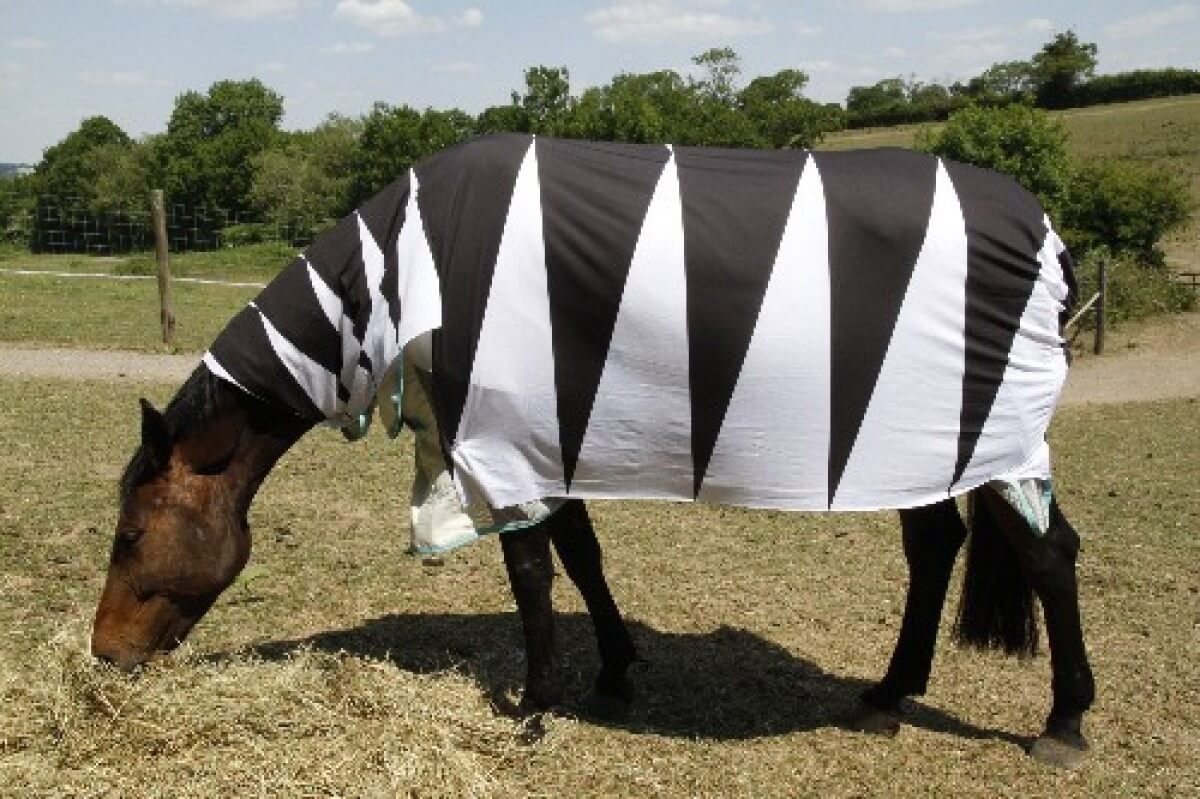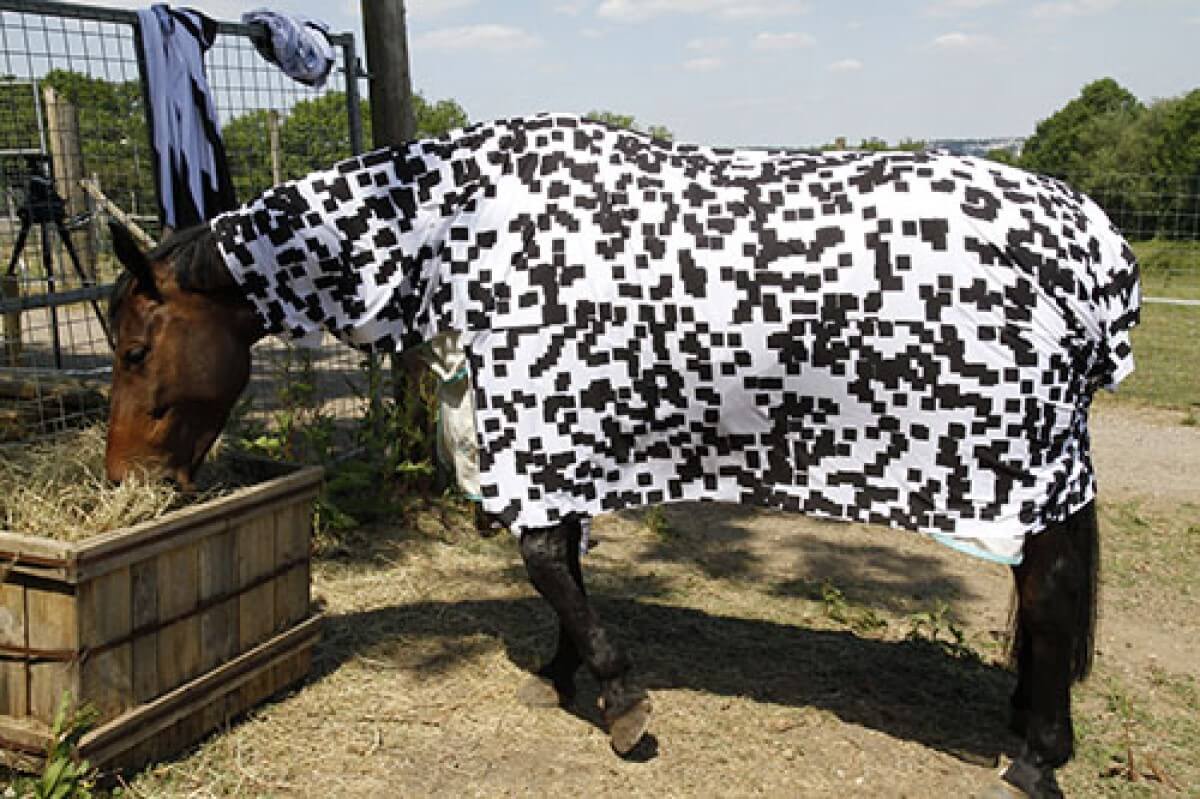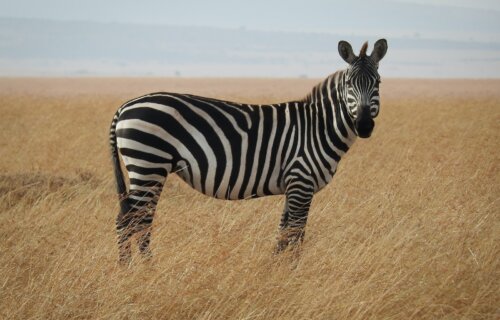BRISTOL, United Kingdom — Scientists believe they finally know why zebras have unique and sharply outlined stripes. It turns out it’s a natural horsefly repellent. A new study on the animals’ fur is revealing that stark black-and-white stripes and small dark patches are particularly effective in warding off attacks from these disease-spreading insects.
Researchers from the University of Bristol deduced that thin stripes on the zebras’ backs serve to minimalize the size of monochrome dark patches the flies find appealing. The team now hopes to conduct further studies which may provide answers to why natural selection has led to stripes in the horse family but not in other hooved animals.
Horseflies are often large and agile in flight, and only the female horseflies bite animals — including humans — to obtain blood. Though their bites are generally harmless to humans, their bites can transmit equine infectious anemia — also known as “swamp fever” — to horses, which can prove deadly.
What’s keeping the flies away?
Though it was already known that horseflies are less likely to land on striped objects, it was unclear why the stripes repel them so effectively. The study, led by Professor Tim Caro and Dr. Martin How attempted to find out which aspect of stripes horseflies find so off-putting. The team conducted experiments by throwing blankets comprising different black-and-white patterns over the backs of horses and filmed the landing horseflies.

Credit: Martin How
“We knew that horseflies are averse to landing on striped objects – a number of studies have now shown this, but it is not clear which aspects of stripes they find aversive,” says Professor Tim Caro from Bristol’s School of Biological Sciences in a university release.
“Is it the thinness of the stripes? The contrast of black and white? The polarized signal that can be given off objects? So we set out to explore these issues using different patterned cloths draped over horses and filmed incoming horseflies.”
The experiments show that, though tabanid horseflies are attracted to large dark objects in their environment, they are less attracted to broken dark patterns. All-grey coats led to significantly more horsefly landings, followed by coats with large black triangles placed in randomized positions and a black-and-white small checkerboard pattern. The researchers also found that coats of contrasting stripes attracted fewer flies, whereas more homogeneous or similar stripes attracted more.
Following all these experiments, Prof. Caro and his team concludes that any hoofed animal which reduces its overall dark outline will reduce the chance of parasitical attack on its coat.

Stripes don’t seem to play tricks on a fly’s eyes
The team found little extra evidence of other tested issues, such as polarization or optical illusions, affecting horsefly landings.
“This suggests that any hoofed animal that reduces its overall dark outline against the sky will benefit in terms of reduced ectoparasite attack,” Prof. Caro adds.
However, Prof. Caro’s team now wants to explore why natural selection has led to striping among equids (the horse family) but not other hoofed animals such as camels, giraffes, deer, sheep, goats, and cattle.
“We know that zebra pelage – fur – is short, enabling horsefly mouthparts to reach the skin and blood capillaries below, which may make them particularly susceptible to fly annoyance, but more important, perhaps, is that the diseases that they carry are fatal to the horse family but less so to ungulates. This needs investigation,” the researcher concludes.
Prof. Caro’s findings appear in the Journal of Experimental Biology.
South West News Service writer James Gamble contributed to this report.


And for the millions of years developing these stripes to keep the flies away what did the Zebra do?
Evolution is a fairy tale, embraced by a bunch of psychotic academics.
So, an amoeba crawling out of a swamp said to itself, I know how to keep the flies off. But, according to evolution, every animal came from that amoeba, so why didn’t they all do it? If you believe in evolution, you have a demon possessed mind.